A Week in the Bush Vol. 474
on Sep 27, 2023This week brought with it several very special sightings… and who doesn’t enjoy leopard cubs…
There was a suspicious-looking drag mark across the road, and on closer inspection, we found tracks of a female leopard. We followed the drag marks into dense vegetation where we found a freshly killed impala carcass and the Ntsumi female leopard.
Knowing she had some cubs nearby, we sat patiently and quietly, hoping they would come out. We didn’t have to wait too long, and Ntsumi started giving soft contact calls, which the cubs immediately answered. Two young cubs made their way to Ntsumi from behind a large granite boulder. They greeted with a head rub and started suckling from mom before heading off to play.
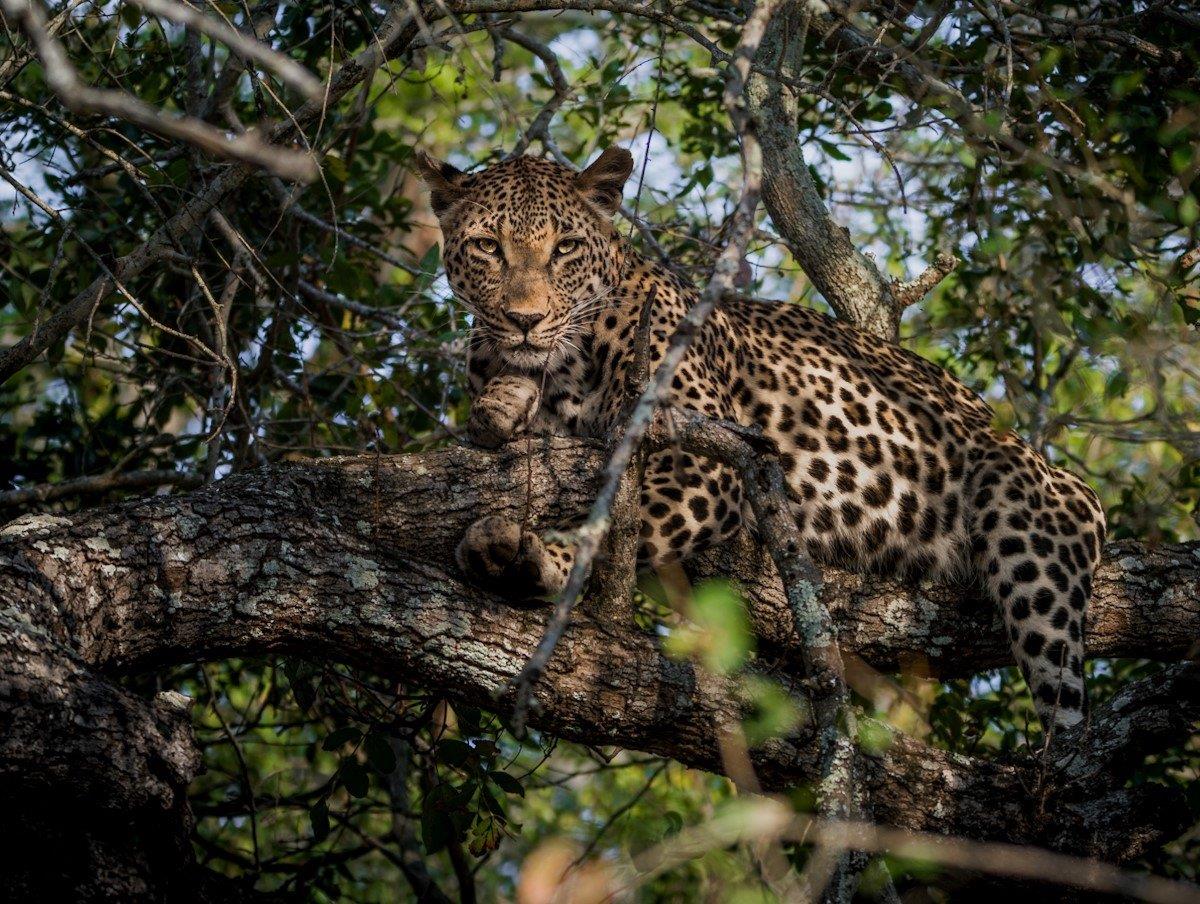




A few days later we saw Ntsumi again. The new mother of two crept cautiously to a nearby watering hole where she spent some time quenching her thirst. Once satisfied, she headed off in a direction that indicated to us she was going to check up on her beautiful little cubs.
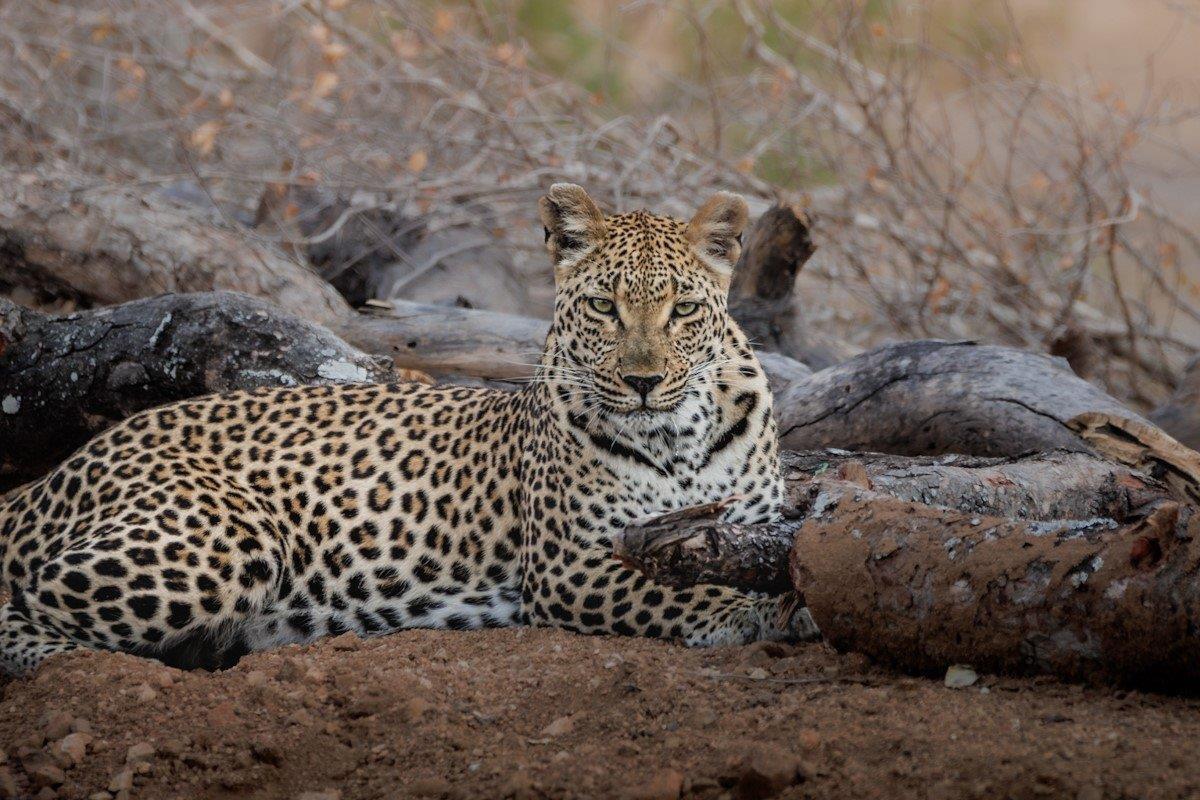


Rangers always visualise different sighting opportunities in certain places when driving around on safari. Every time you pass that specific place, you go extra slowly and scan the area to make sure whatever you are looking for is not hiding in the bushes. A special bucket list sighting came true for Ranger Daniel.
“As we were about to cross a drainage line, I did my routine check to see if there was a leopard on the big boulder in the drainage line. I could not contain my excitement when I saw the unmistakable rosette pattern on top of the rock. The Golonyi female was casually lying on top, finishing the remains of a warthog carcass. A sighting that I will never forget!”
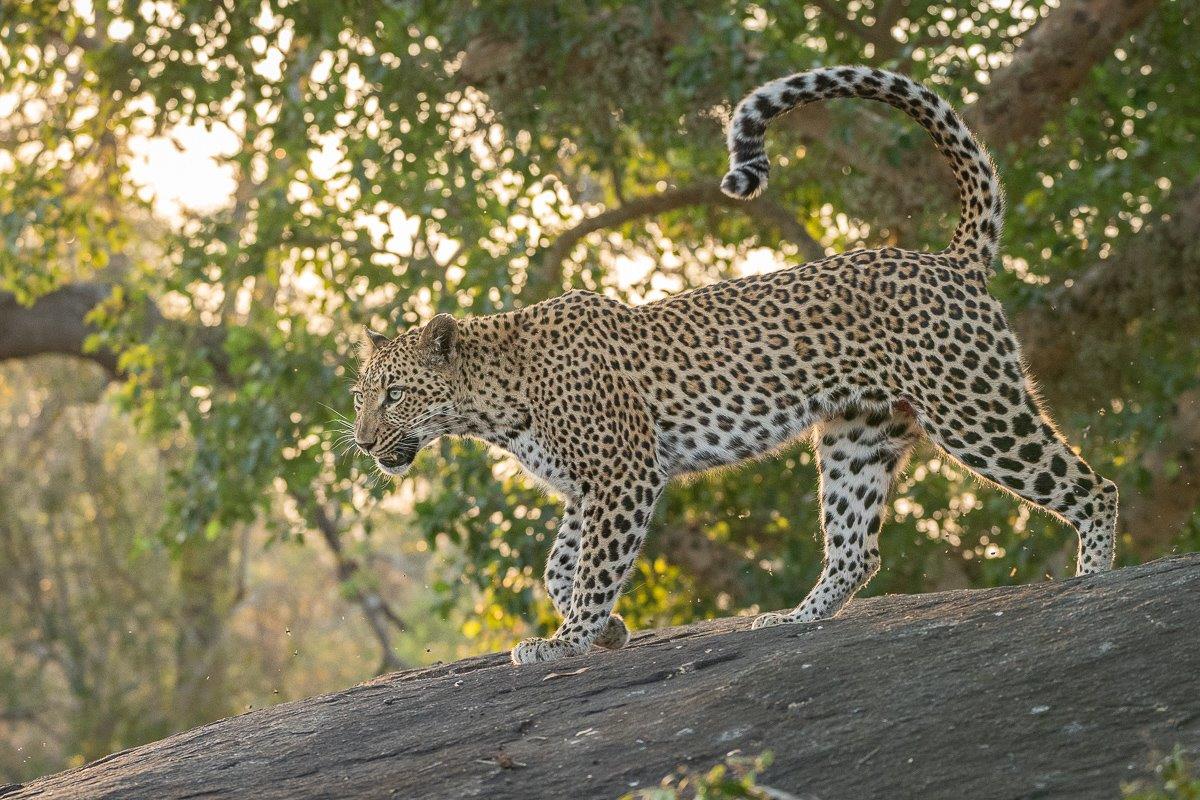

Our last sighting of Golonyi this week was of her resting in a big tree. Upon closer investigation, we realised she had killed a Grey duiker and hoisted it close to where she was sleeping.
Leopards must hoist their kills as quickly as possible, depending on the prey's size, to avoid other predators, especially hyenas, from stealing their kills. Leopards feel safe in the trees as hyenas cannot climb trees, and they are their biggest enemy when it comes to scavenging and stealing their kills.
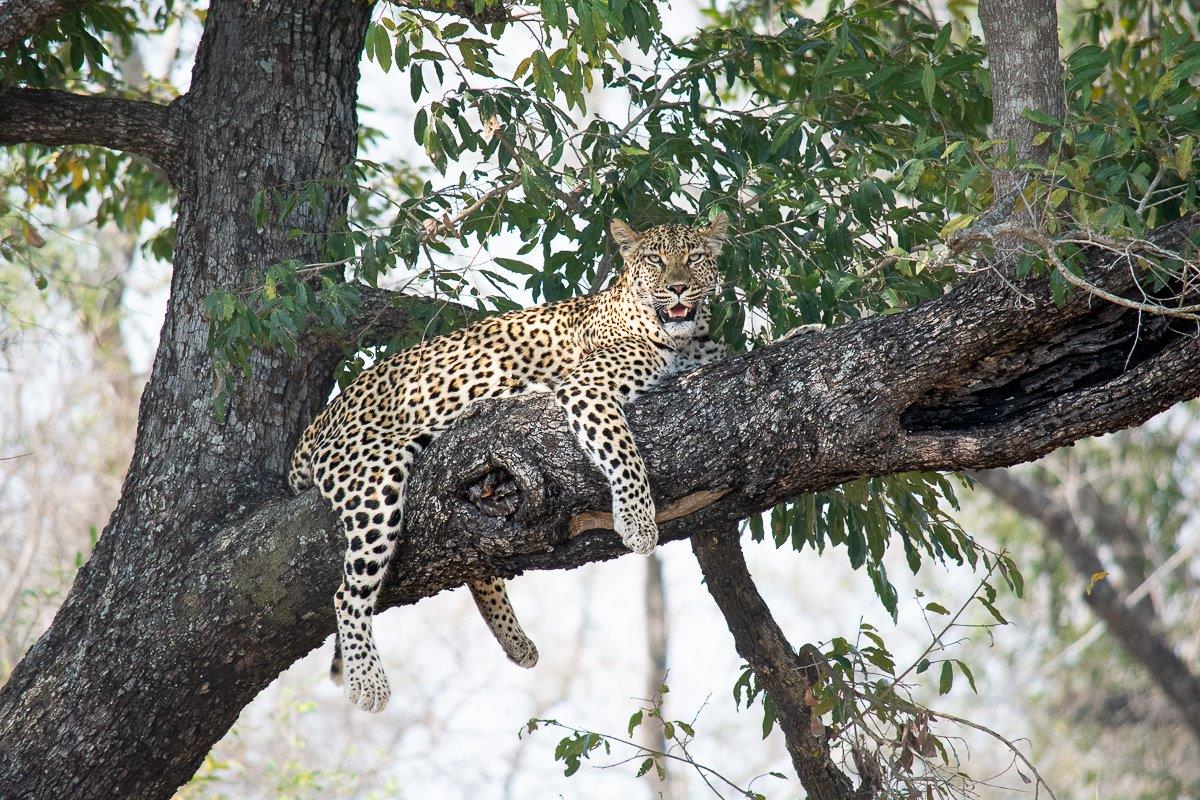

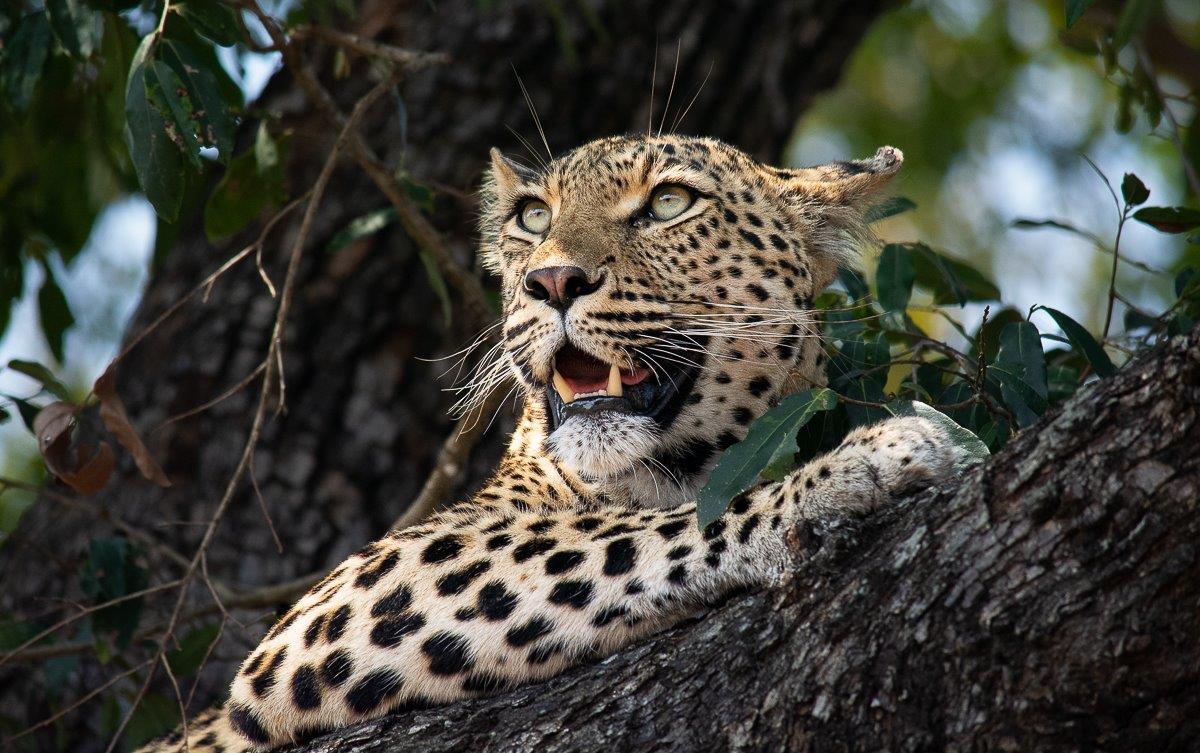
While driving along the Sabie River, we saw this male cheetah resting just off the road. He was marking his territory occasionally by spraying urine on trees and bushes, but we could see he was more focused on hunting. Climbing on fallen over trees to get a better vantage point and to see further, searching for any prey in the area. As it got hotter, he lay down in the shade and will likely try hunting again in the afternoon when it becomes cooler.
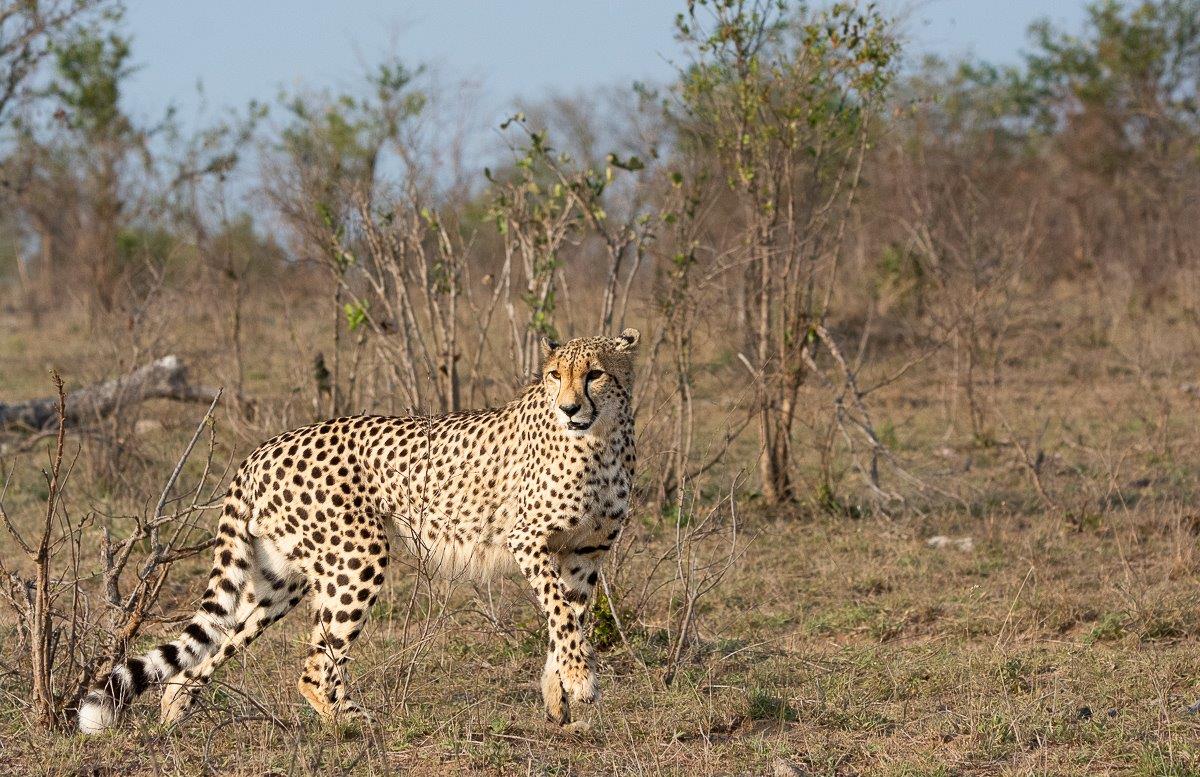
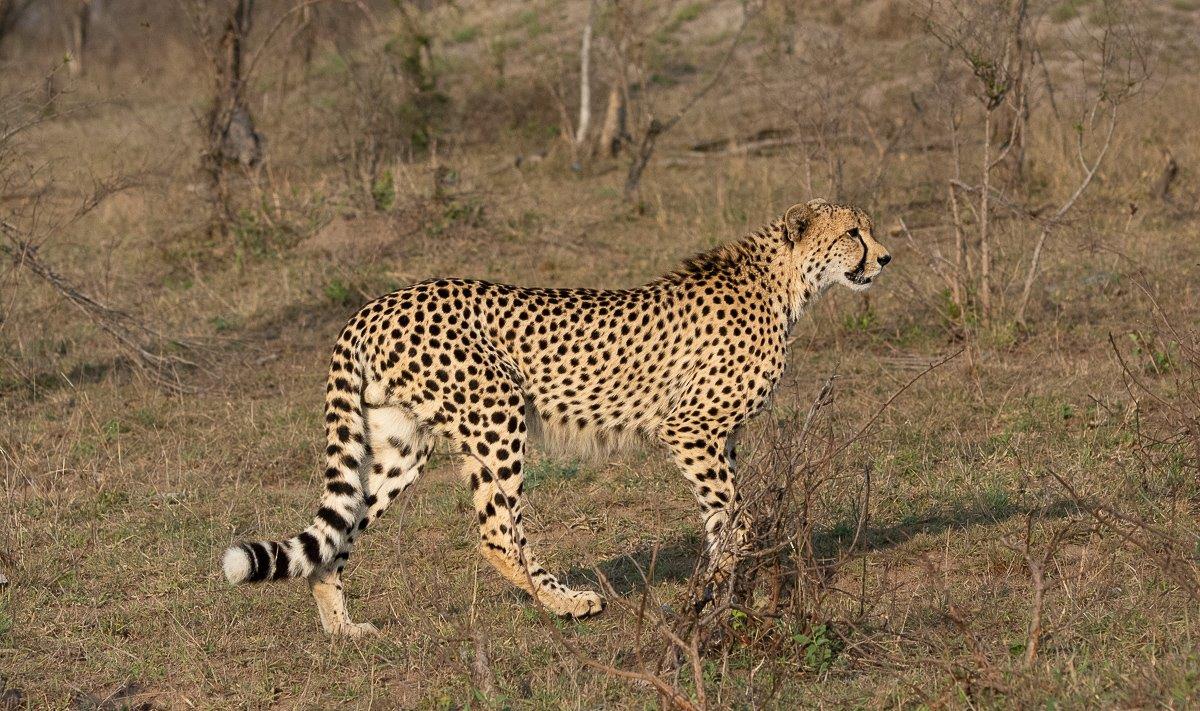
Just after leaving Bush Lodge for our morning safari, we found fresh leopard tracks and we decided to follow up. Not long into the tracking exercise we found tracks for a pride of lions crossing over the top of our leopard tracks. It wasn’t long after when we found the Talamati Pride accompanied by the Nkuhuma male. The lions seemed to have eaten during the night as their bellies were full. They made their way straight to a waterhole for a drink and then settled in some shade as the temperature started rising.


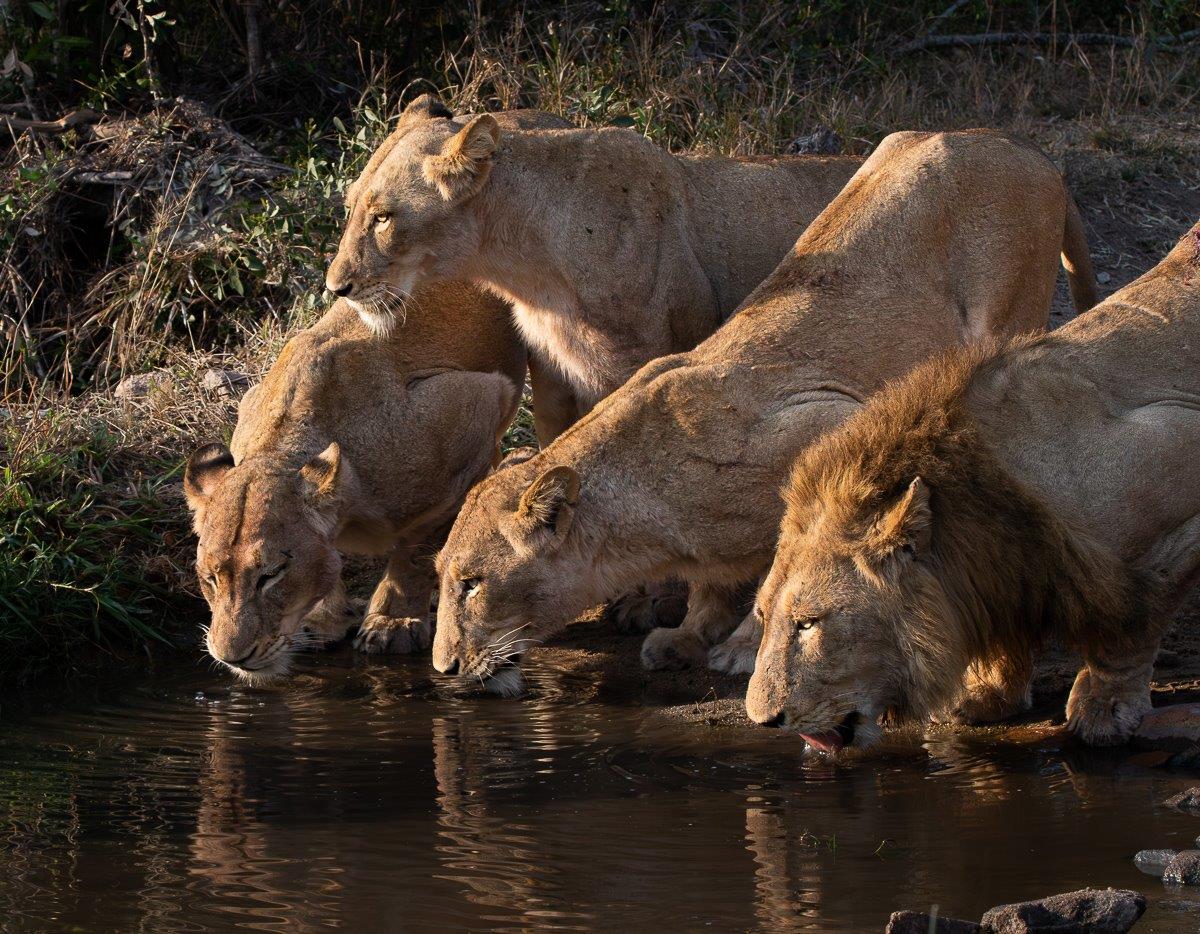
Not too far from Selati Camp was a clan of hyenas carrying large bones in their mouths and some small pieces of meat. We backtracked to where they were coming from, and we were not surprised after a long time of tracking to find a pride of lions at a waterhole, all with full bellies. Clearly, they had made the kill, and the hyenas had claimed the leftovers. They spent the rest of the day in the shade and had not moved too far by the evening.




Waking up to lions roaring in the distance is always the best wake-up call you can receive in the bush. Quickly having a cup of coffee to kick-start our day, we went out with high hopes to find the lions that made their presence known. Carefully combing through the bush, we finally found the two Gijima males in an open area, enjoying the first sun rays to warm them up.
Lions usually sleep through the day as they patrol and hunt throughout the night, consuming much energy. When the sun rises, it is their time to take a breather and enjoy a long cat nap. Moving from one shady area to another, they try to save as much energy as possible to use again in the evening.





The tracks of two male lions caught our attention, and we decided to follow up. We eventually found the two Gijima males and a lioness. After watching them for some time, the female got up, walked past the older male, and positioned herself in front of him, and they mated! The bush continues to surprise us on every drive. Afterwards she retreated to the shade again, leaving the male not too far behind.
These lions will likely mate for three to four days, almost every 30 minutes; this can be up to 50 copulations in 24 hours!
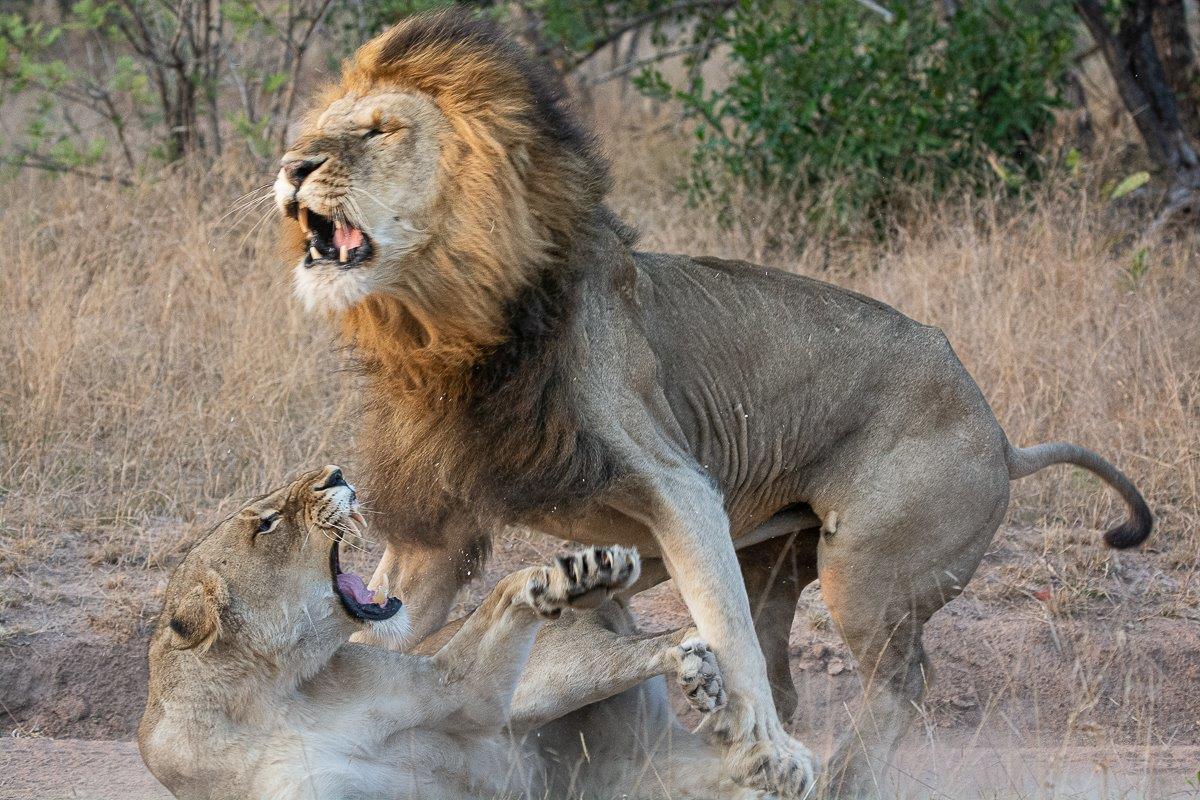
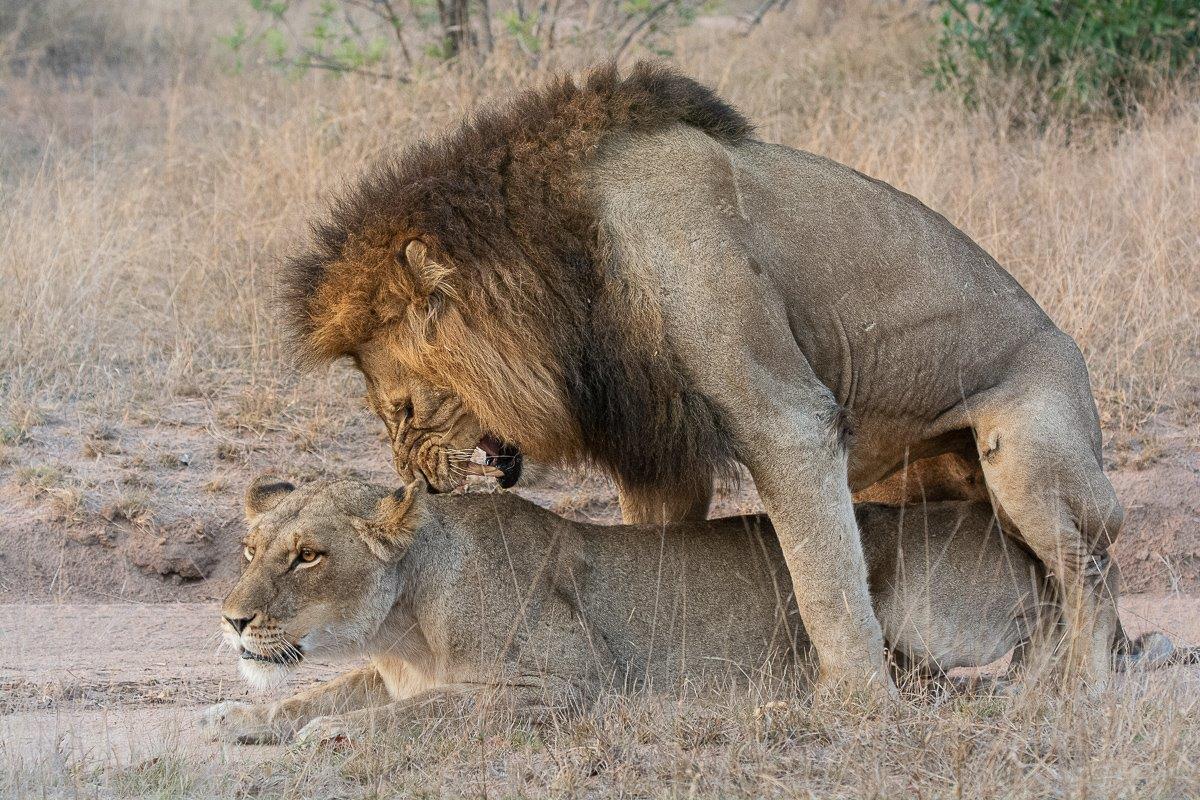
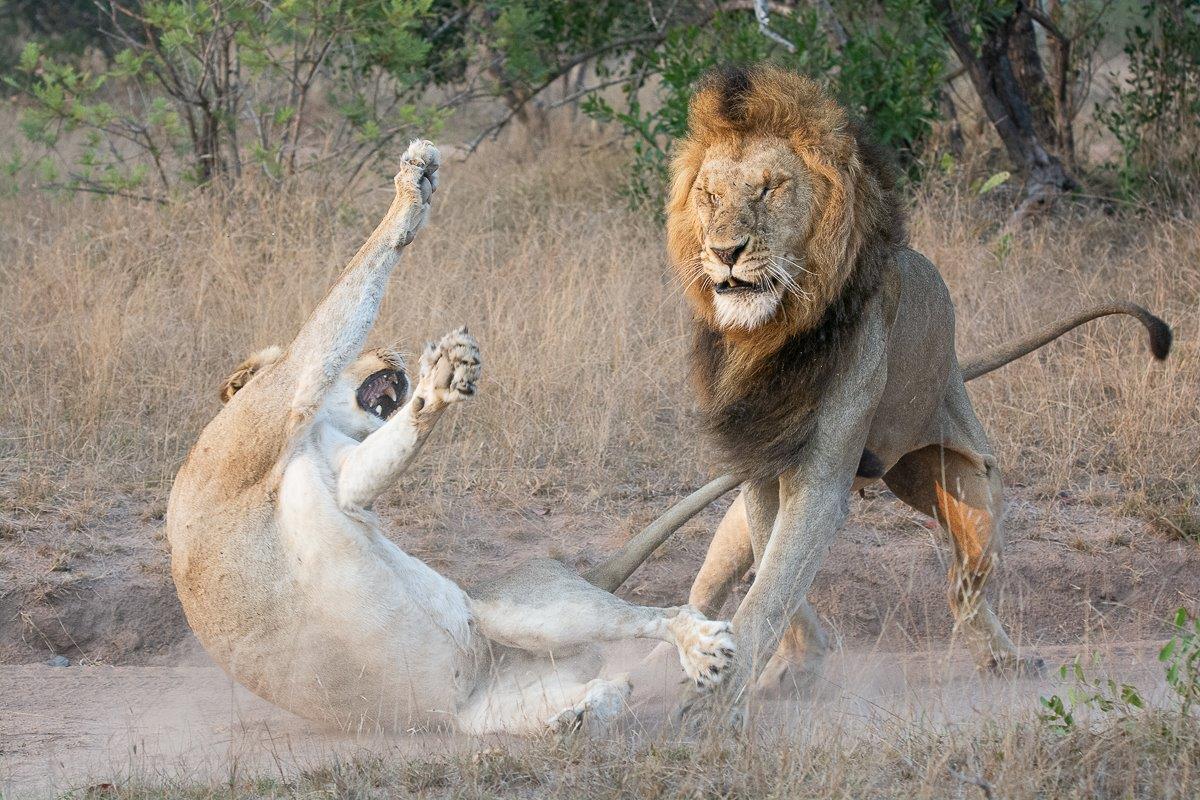
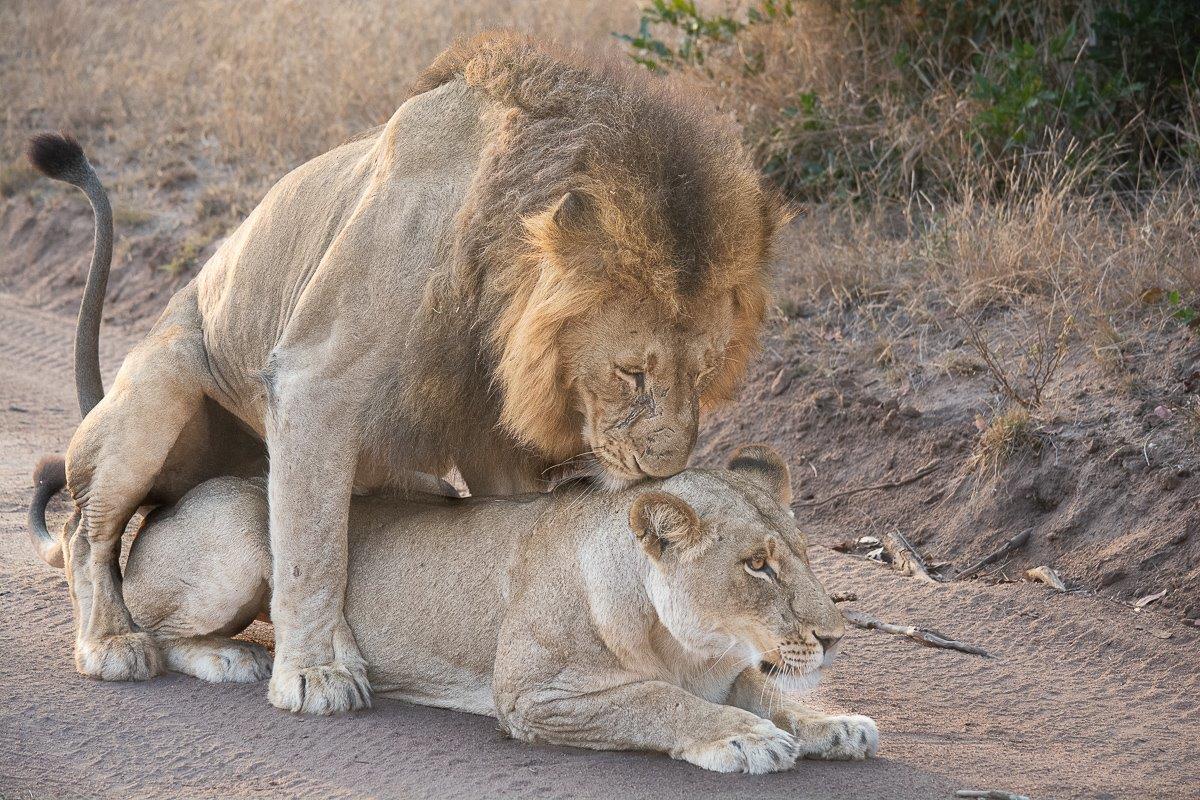
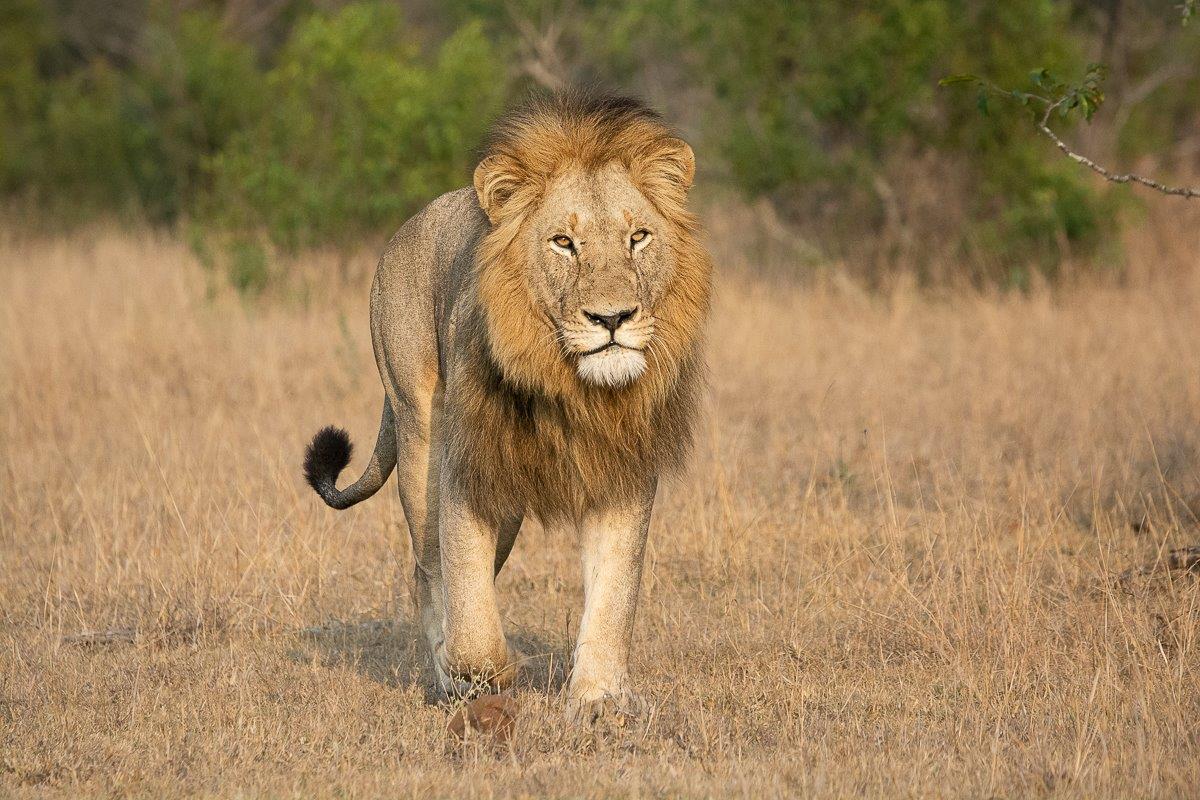
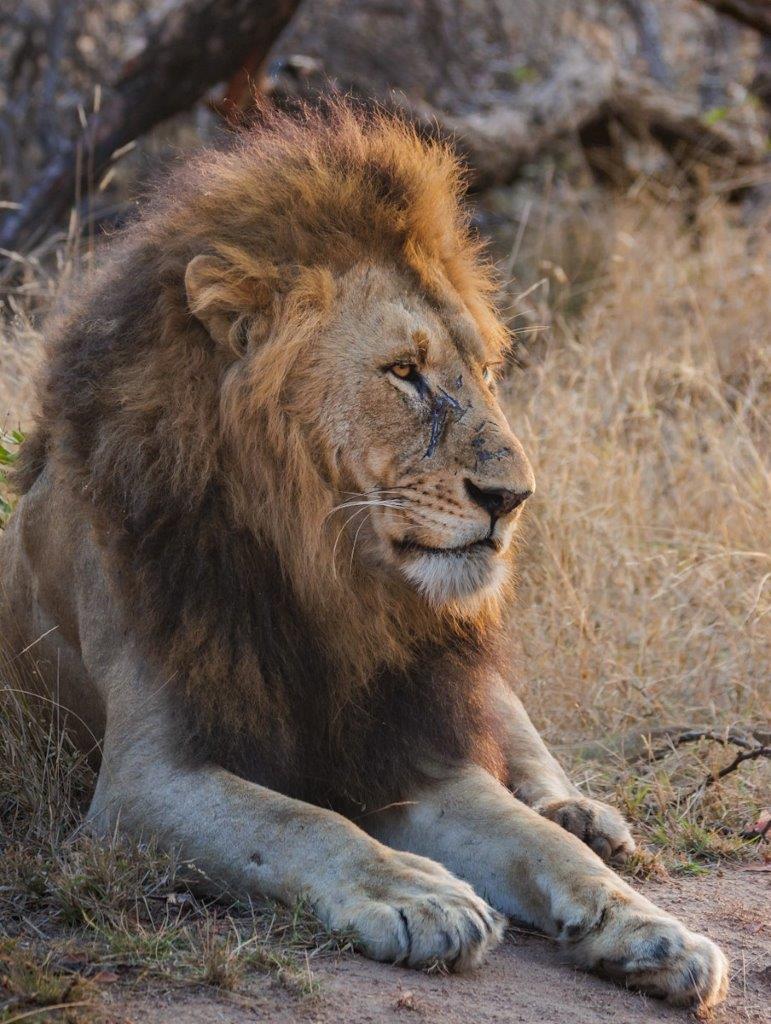
The Little Bee-eater is the world's smallest bee-eater and endemic to Sub Saharan Africa. They will hunt from low branches and feed on bees, ants, wasps, flies, dragonflies, mayflies, lacewings and beetles.
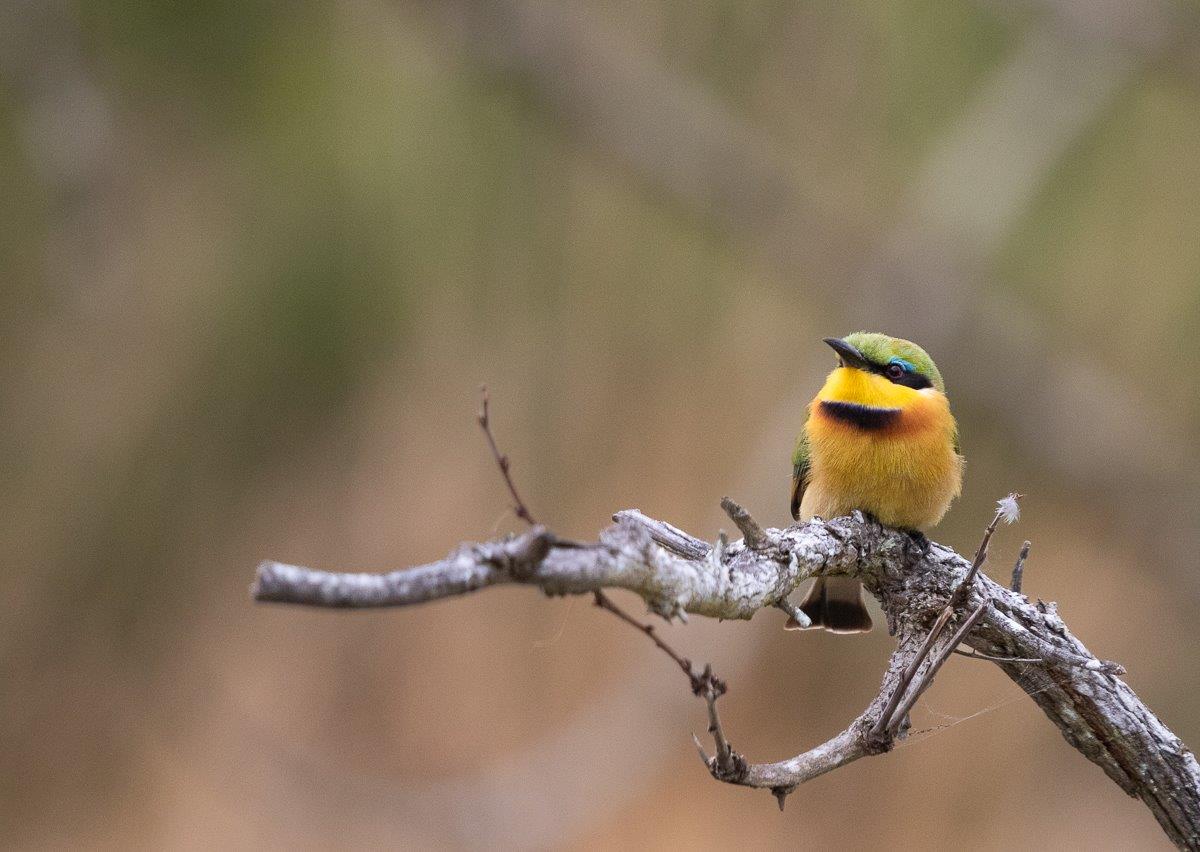
The days are getting hotter, and even animals are looking for ways to cool off in the day's heat. This warthog was enjoying a mud bath at one of our prominent waterholes, ensuring every inch of its body was covered in mud.
Animals will wallow in mud for a few different reasons. One reason is that this acts as a cooling system for them. They can regulate their body temperature by covering themselves in mud, ensuring they are protected against hot summer days. After covering themselves in mud, they will move to a shadier spot, out of the sun.
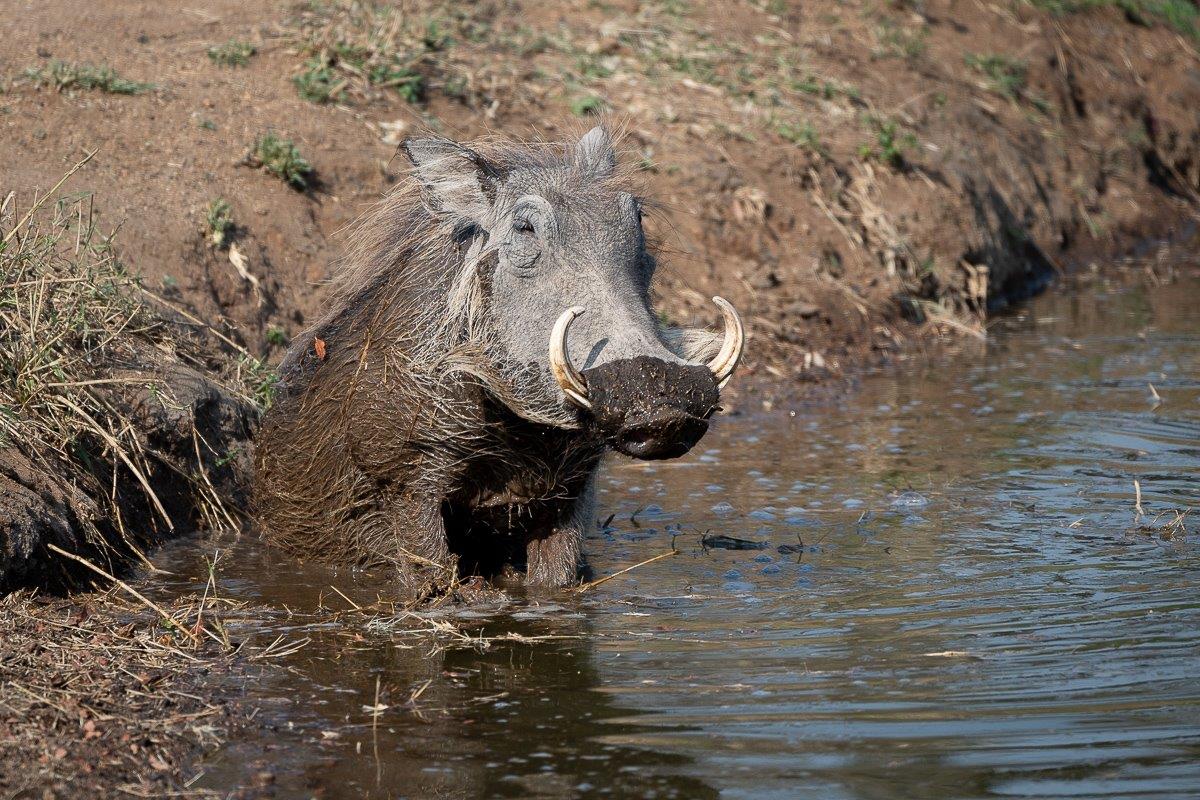
Equipped with razor-sharp eyes, this White-backed Vulture is looking out for potential prey. Vultures prefer to wait until the day warms up before they can glide in the thermals being created by hot rising air. Vultures can see about eight times better than humans, which helps them spot any prey from kilometres away while gliding at a speed of up to 65km per hour. When diving down towards the ground, they can reach a speed of 120km an hour.
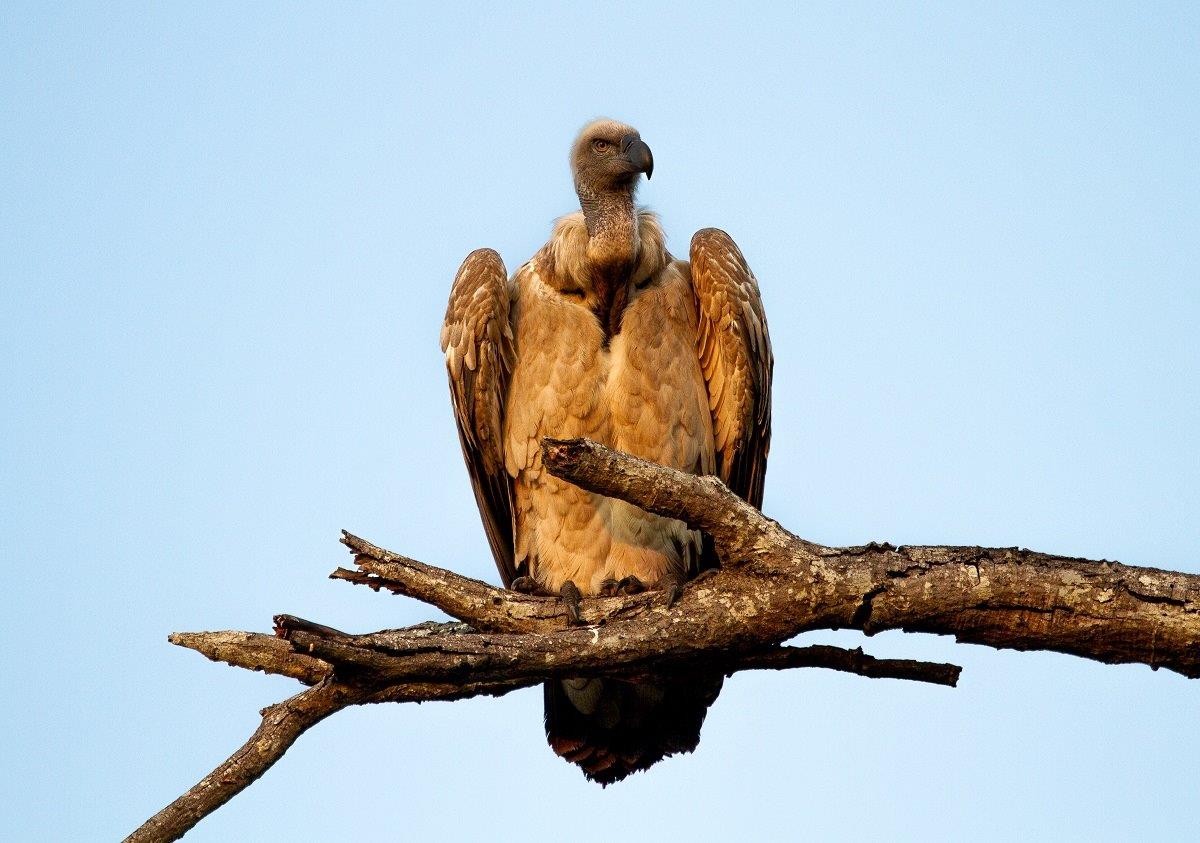
The food preference of buffalo is predominantly grazing as they prefer grasses that are taller and untrampled and areas where it is too over-grazed. Some grasses they like include buffalo grass, small buffalo grass, spear grass and finger grass, but red grass at Sabi Sabi seems to be quite the favourite as it is a climax grass and is abundant in the Kruger National Park area and can be eaten throughout the year as we fall under a sweetveld area.
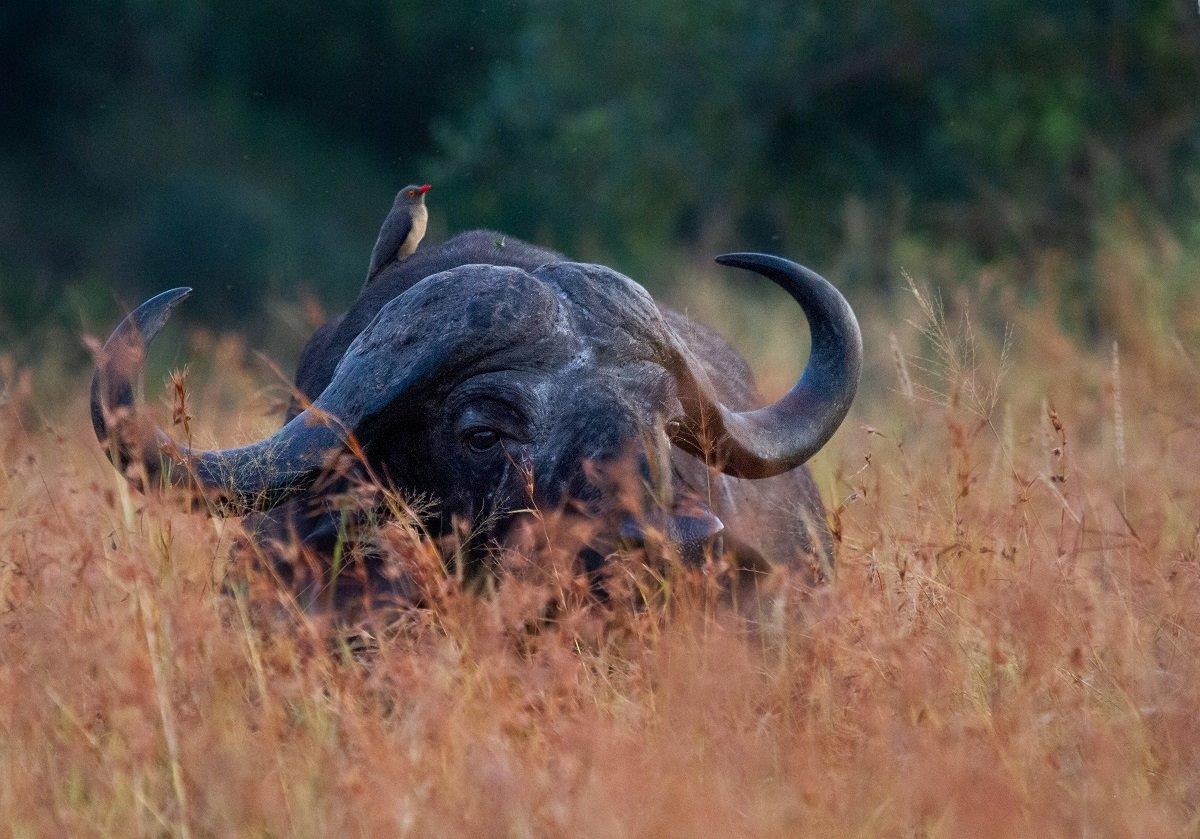
Perched, this Tawny Eagle is observing its surroundings to look out for an opportunity to strike at its prey, which can be a wide variety of animals and birds. They are known to be one of the first birds of prey to arrive at a carcass, sometimes even stealing it from other eagles like the Bateleur.
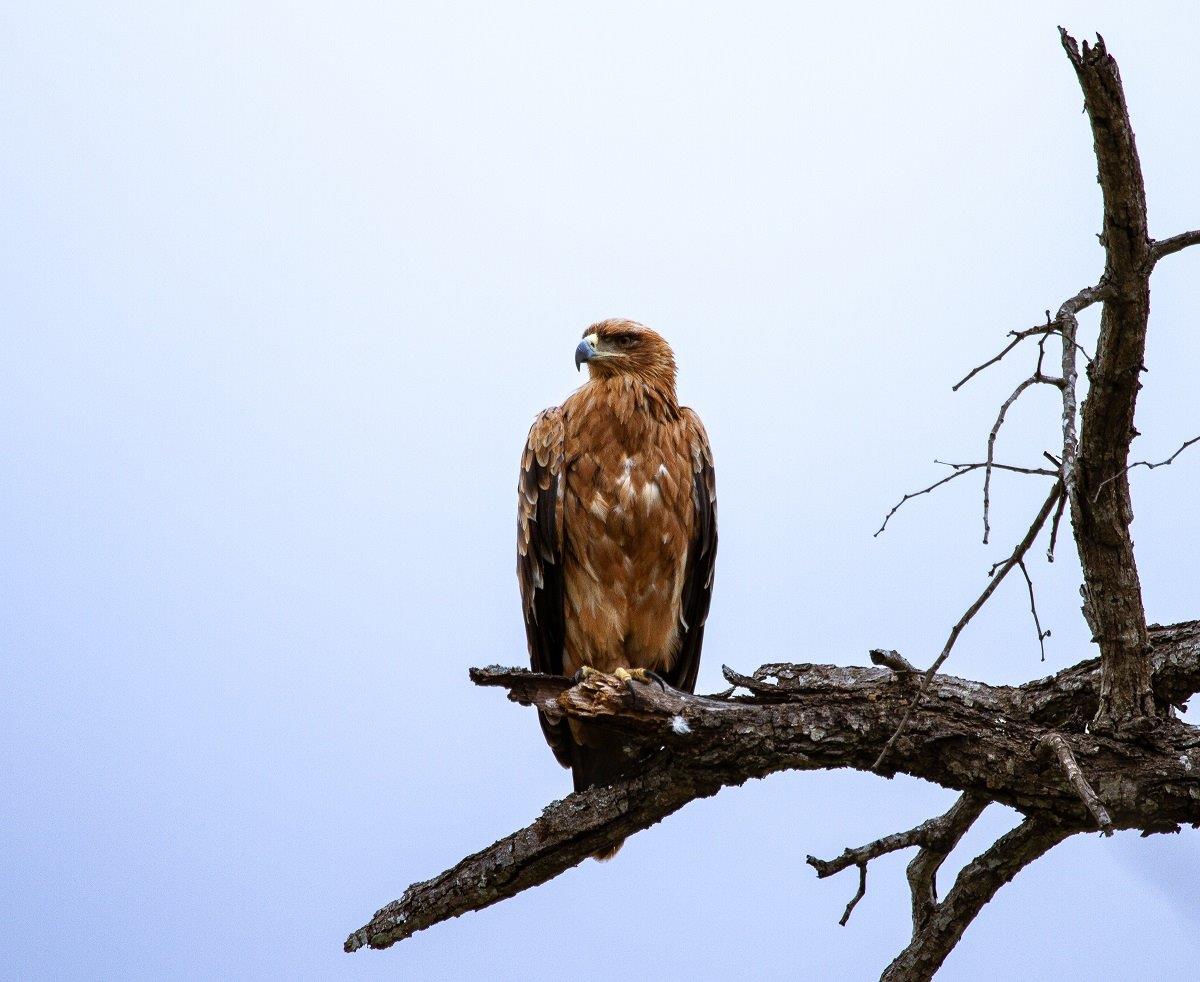
Until next time…
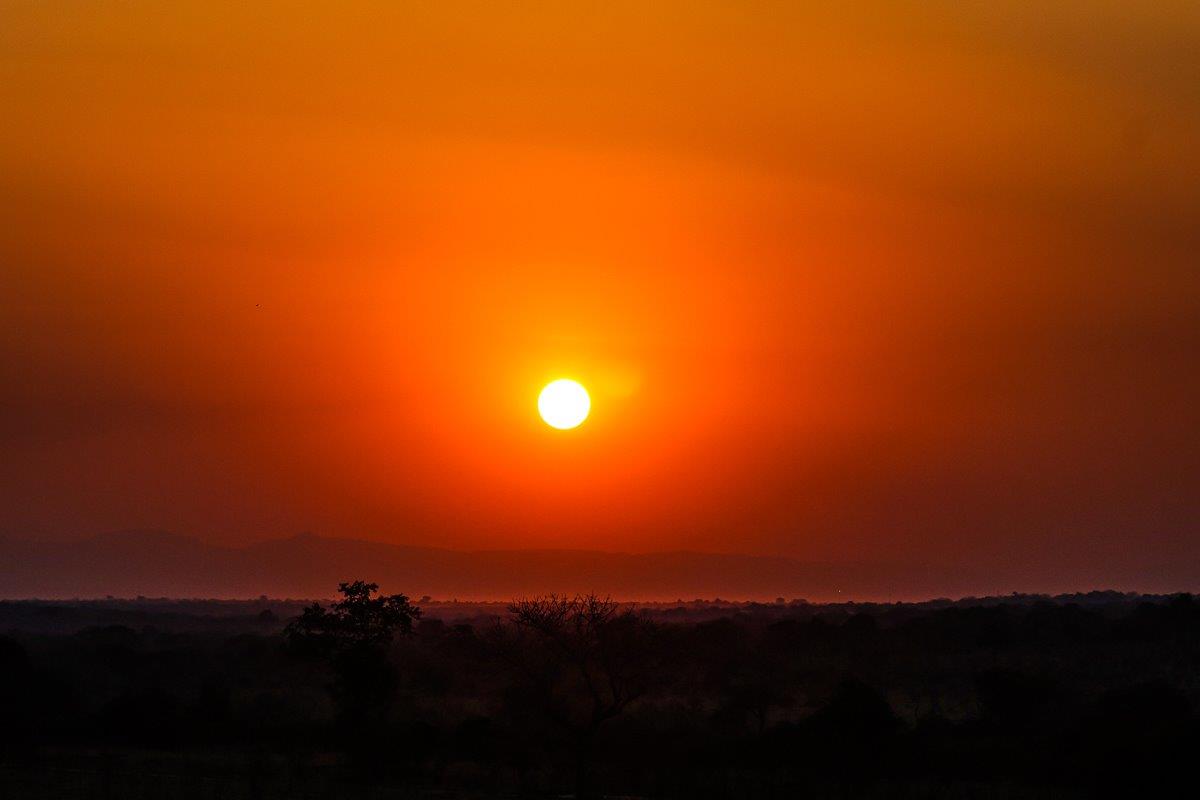
Blog by Wendy Claase
Images by Daniel Greyvenstein, Devon Jansen, Dieter Lategan, Jason Street, Ronald Mutero and Ruan Mey
Video by Daniel Greyvenstein







